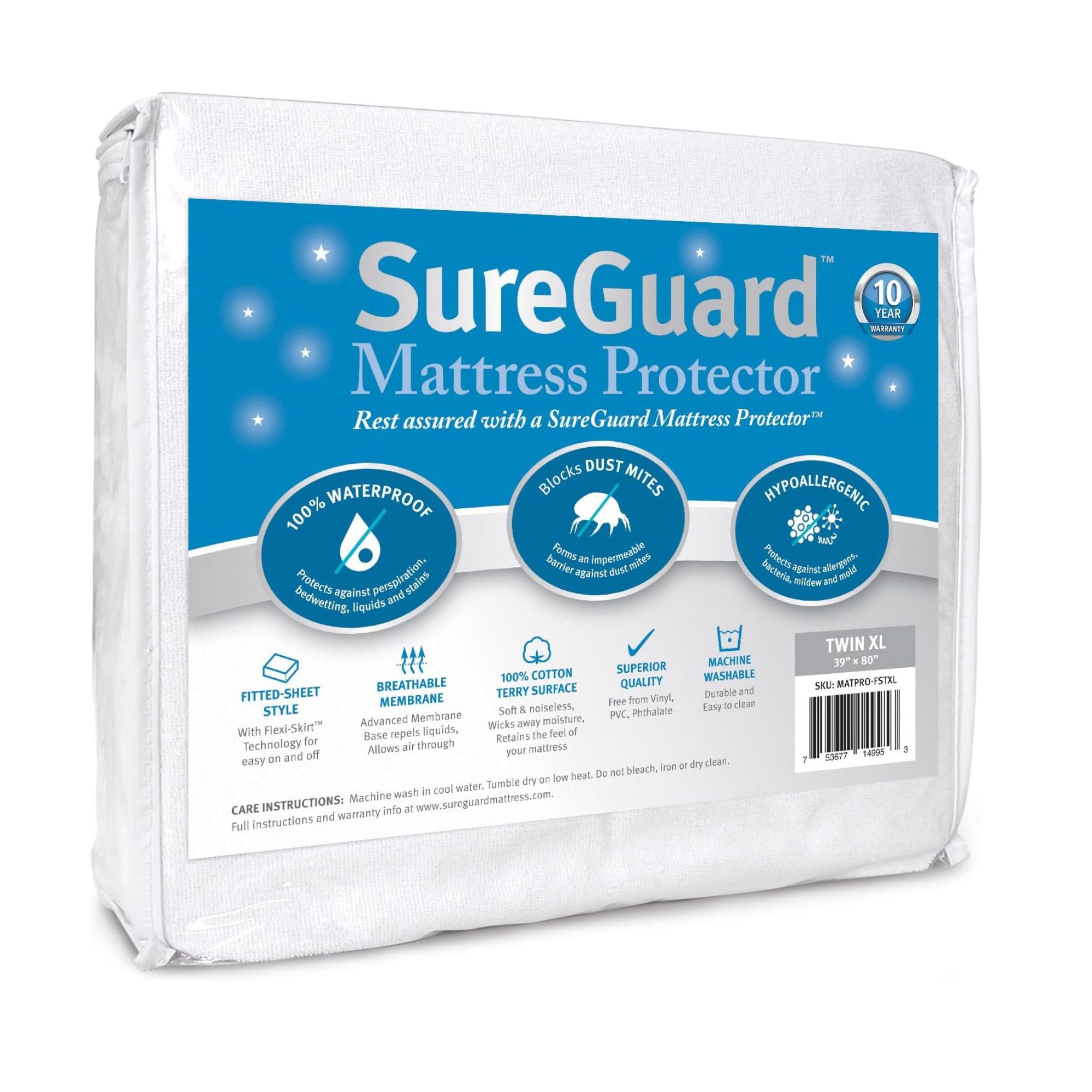Should you put a mattress directly on the floor? Experts outline the pros and cons
I spoke to mattress manufacturers and sleep scientists to find out whether it's ever a good idea to put a mattress directly on the floor

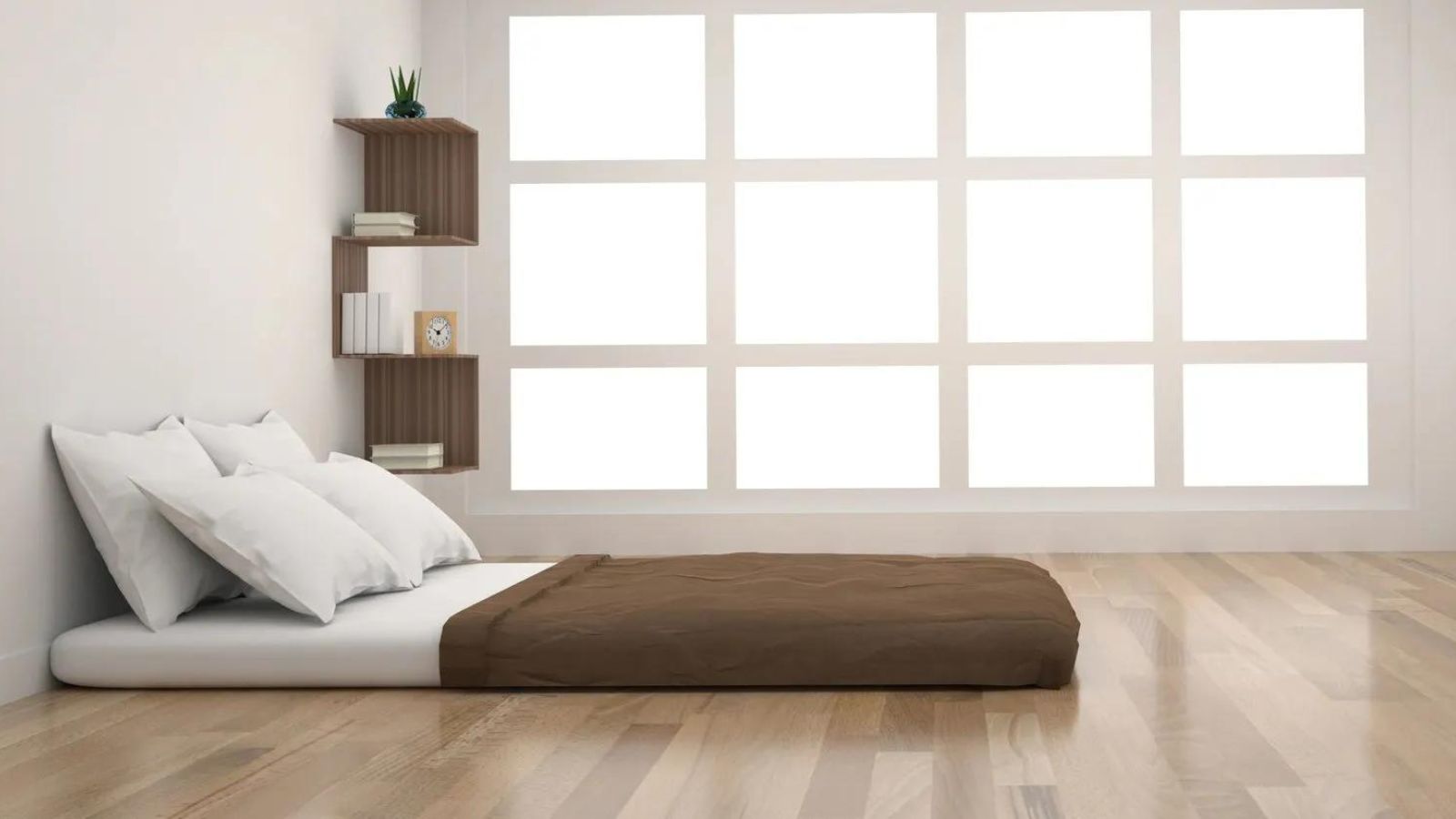
As H&G's resident sleep writer, I'm often asked: 'should you put a mattress on the floor?' My answer varies from sleeper to sleeper and depends on your style preferences and your sleep needs, as well as your budget constraints.
Putting a mattress directly on the floor can create a laid-back, low-profile look that works well in smaller bedrooms. It's also a good option for buyers on a budget and sleepers in need of extra support. Still, putting a mattress directly on the floor isn't the most hygienic way to sleep, and you'll need to make some changes to inhibit the growth of mold and mildew.
As a mattress tester, I've learned that certain mattress types lend themselves particularly well to ground sleeping. A soft foam mattress would feel much more supportive on hard ground than on a slatted bed frame. To streamline your shopping experience, I've picked out a few of the best mattresses for ground sleeping.
Should you put a mattress directly on the floor?
I asked a panel of sleep scientists and mattress manufacturers to outline the pros and cons of putting a mattress directly on the floor and to share their top tips for clean, supportive sleep.
What are the pros of putting a mattress on the floor?
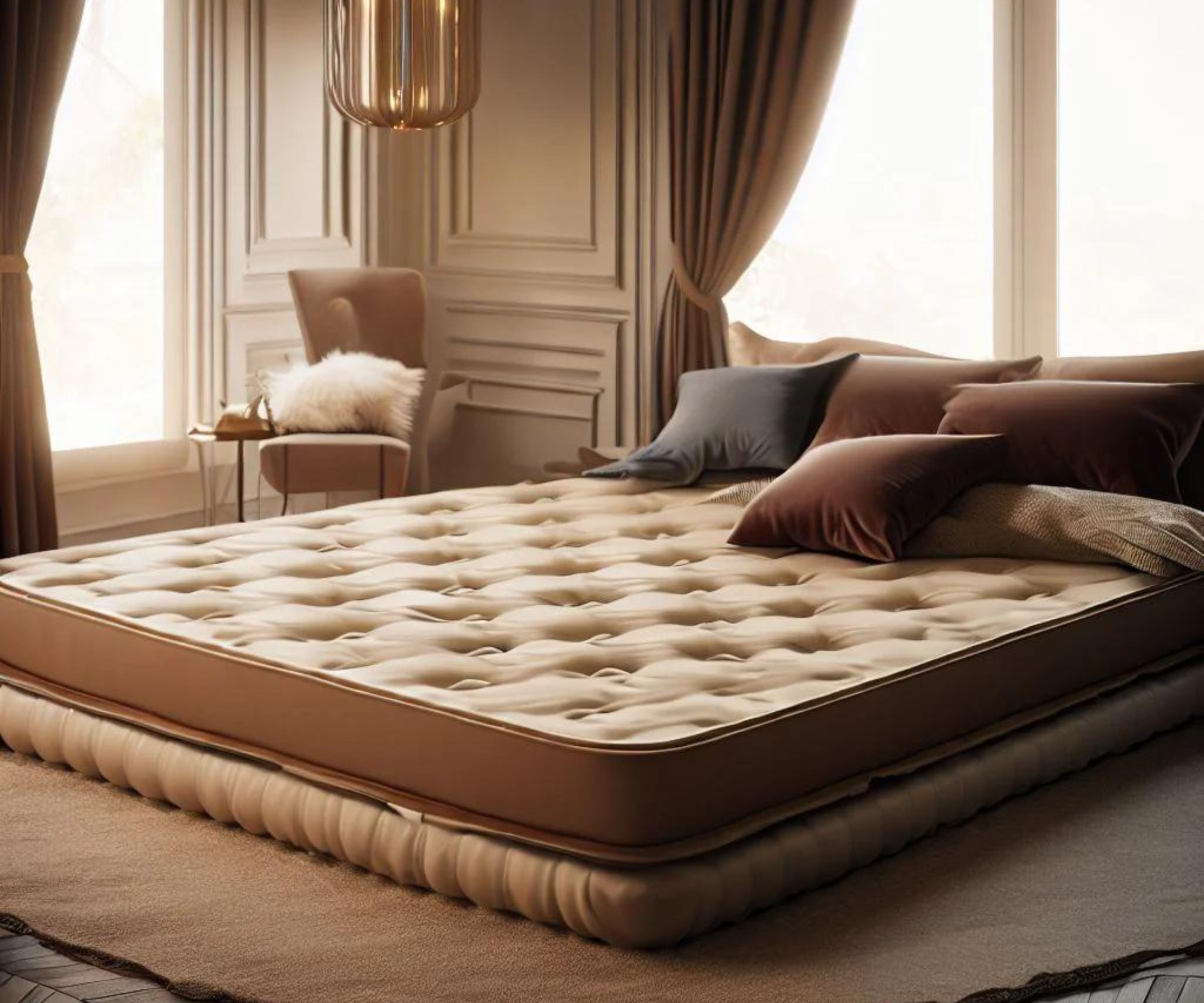
Say you're upgrading your bed or moving into a new home. You decide to skip out on a bed frame to place your mattress directly on the floor. Congratulations – you've just saved yourself a couple of hundred dollars, as well as the time and the energy it takes to assemble the frame. You can spend that money on a set of the best bed sheets to dress your bed or one of the best pillows to rest your head.
If you're into minimalism, and you like to do a lot with a little, then you might appreciate the laid-back charm of such a low-profile sleep set-up. Putting your mattress directly on the floor is a great way to make a small bedroom feel bigger, especially if you're working with low ceilings.
Mary Love from Simba Sleep reckons that 'going without a bed frame is particularly beneficial in smaller bedrooms because it eliminates the need for bulky furniture. The floor also provides a stable and solid surface for a mattress and avoids the risk of squeaky bed frames waking you up in the night.'
Design expertise in your inbox – from inspiring decorating ideas and beautiful celebrity homes to practical gardening advice and shopping round-ups.
According to Theresa Schnorbach, a leading sleep scientist at Emma Mattress, there are real ergonomic benefits to putting your mattress directly on the floor. 'When you put your mattress on level flooring, the whole mattress gets the same firm support,' says Theresa. 'That's in stark contrast to what happens with a slatted bed frame, where gaps between the slats create inconsistency in support.' If you're waking up with aches and pains from your soft mattress, consider putting it on the floor for even support.
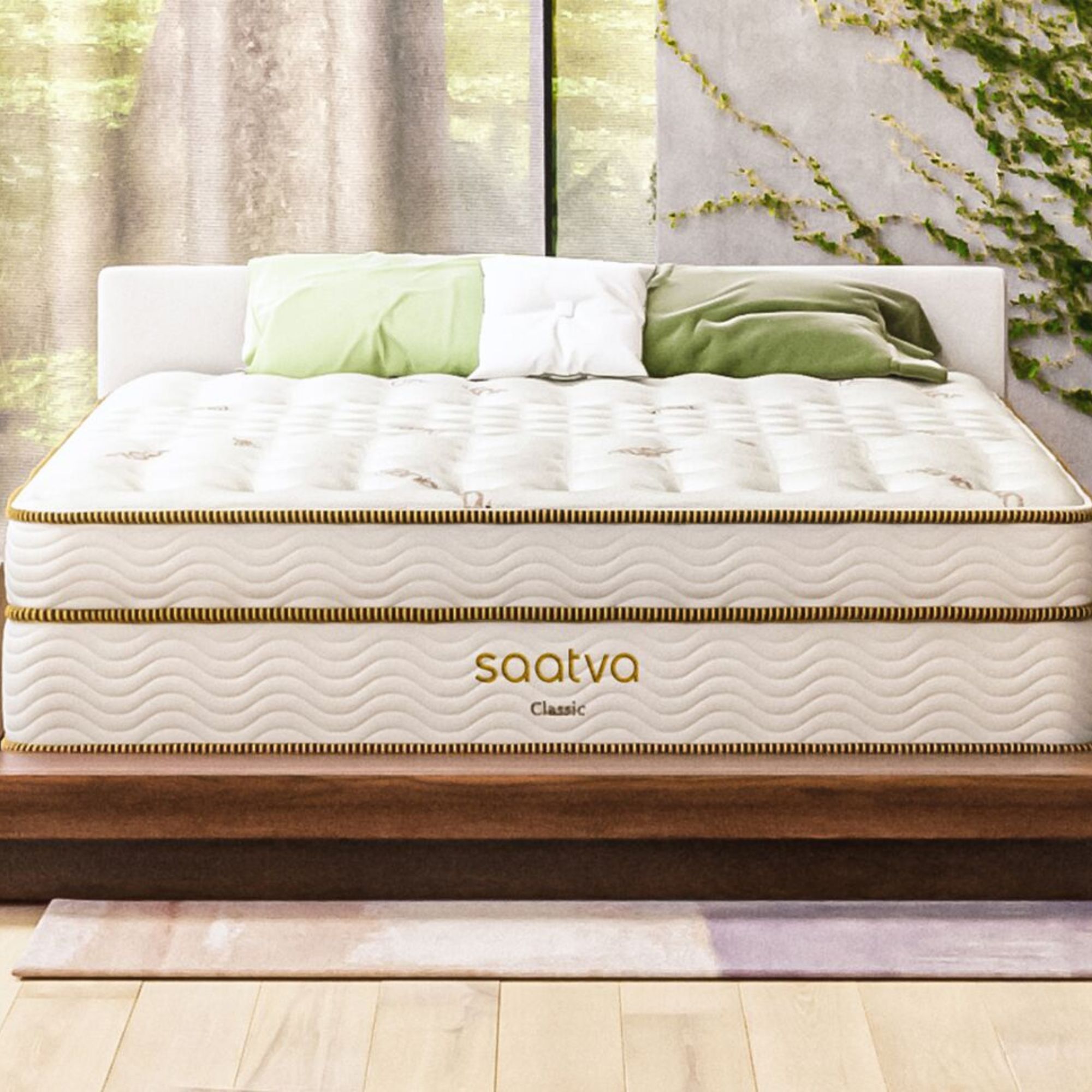
Four years on from our first night of testing, and the Saatva Classic Mattress is still our reigning champion for the title of 'best mattress'. According to our expert tester, Jaclyn, you get the perfect balance of comfort and support.
You can find more detail in our Saatva Classic Mattress review.
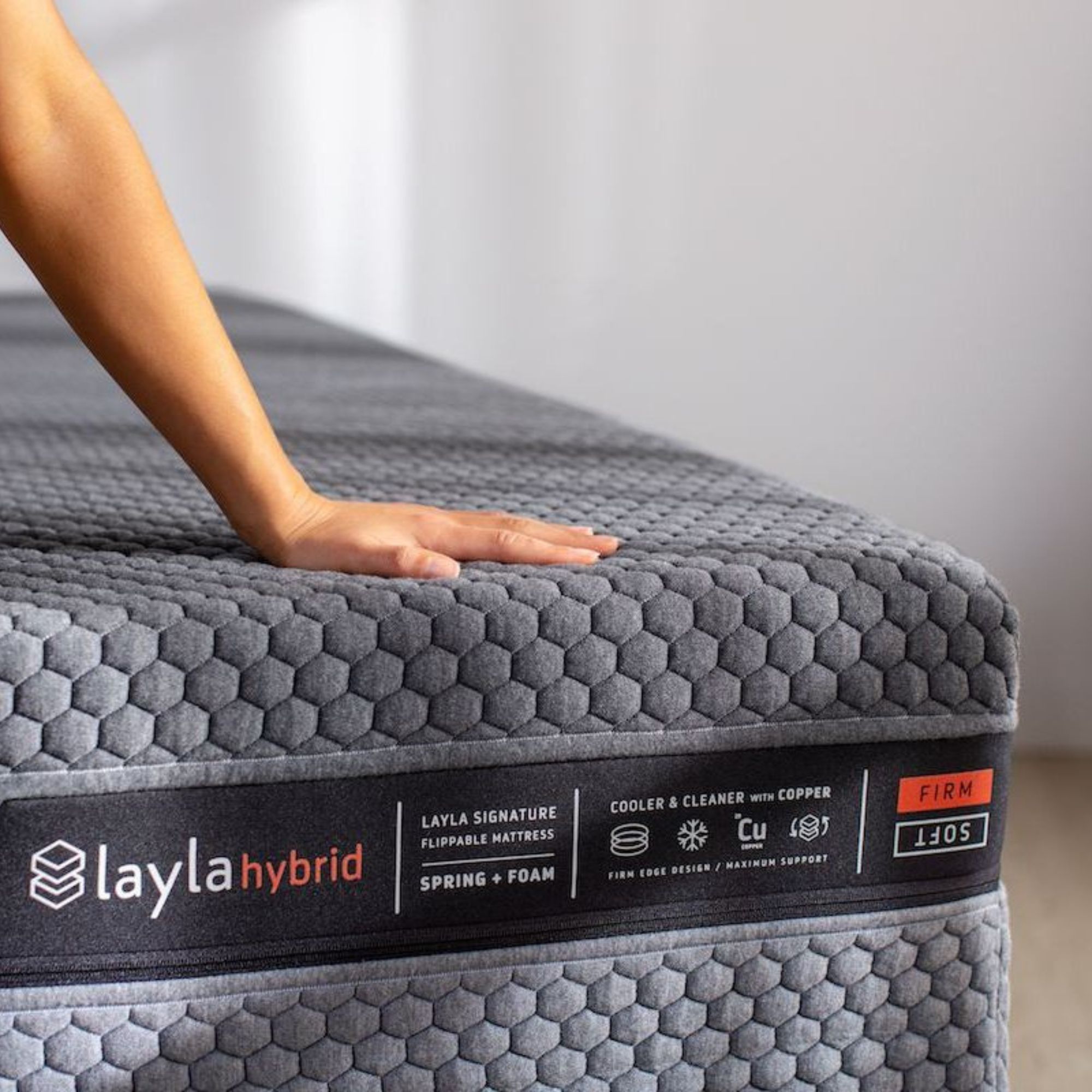
Our expert tester, Aleenah, appreciated the comfort and cooling of this flippable mattress, but she found the soft side a little too plush for comfort. She'd get much more support if she placed the Layla Hybrid Mattress on the floor.
You can find more detail in our Layla Hybrid Mattress review.
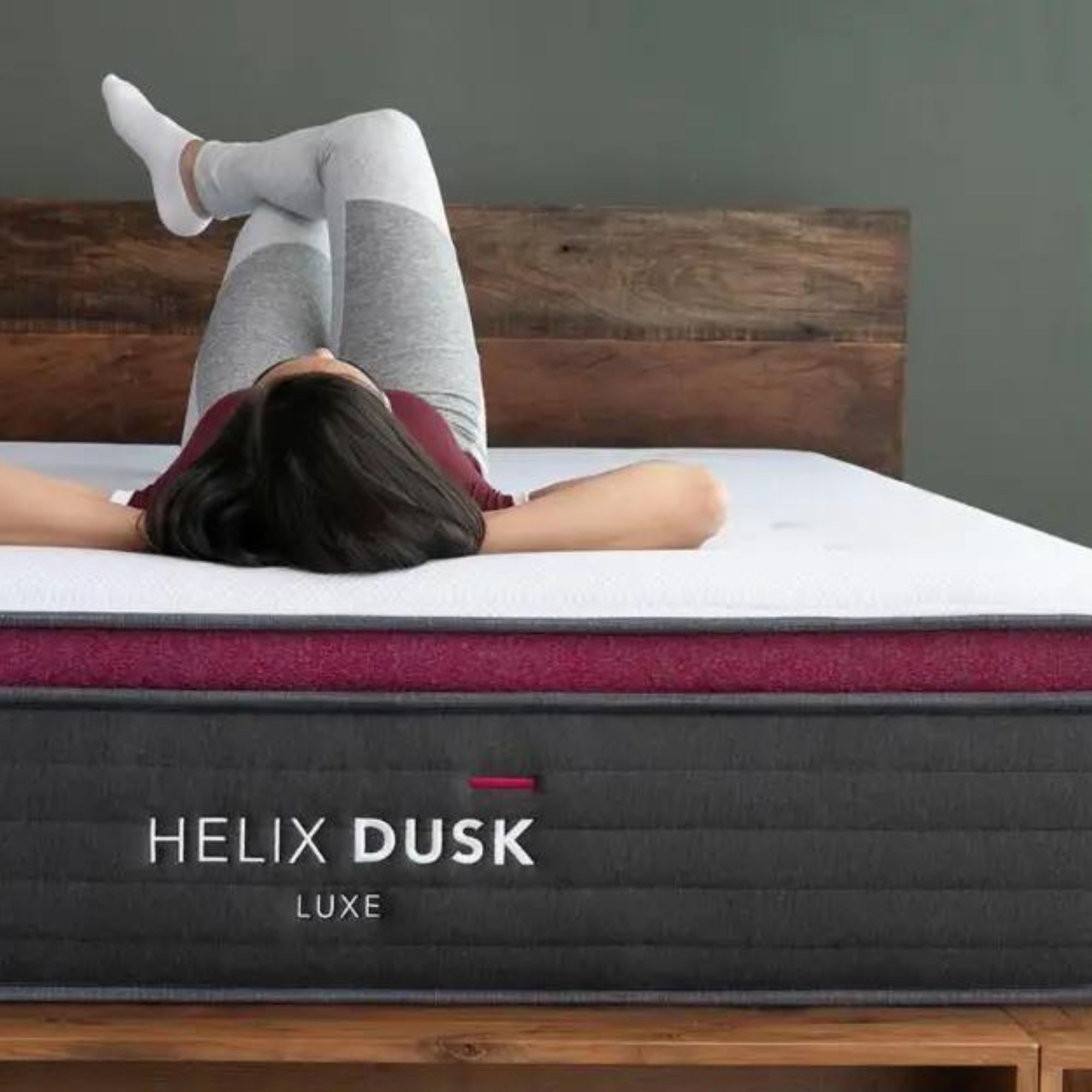
'The Helix Dusk Luxe Mattress offers hotel-quality comfort at home,' says our expert tester, Alex, who still raves about the luxurious pillow-top. When you set this sort of plush mattress on the floor, you get the same comfort with more support.
You can find more detail in our Helix Dusk Luxe Mattress review.
What are the cons of putting a mattress on the floor?
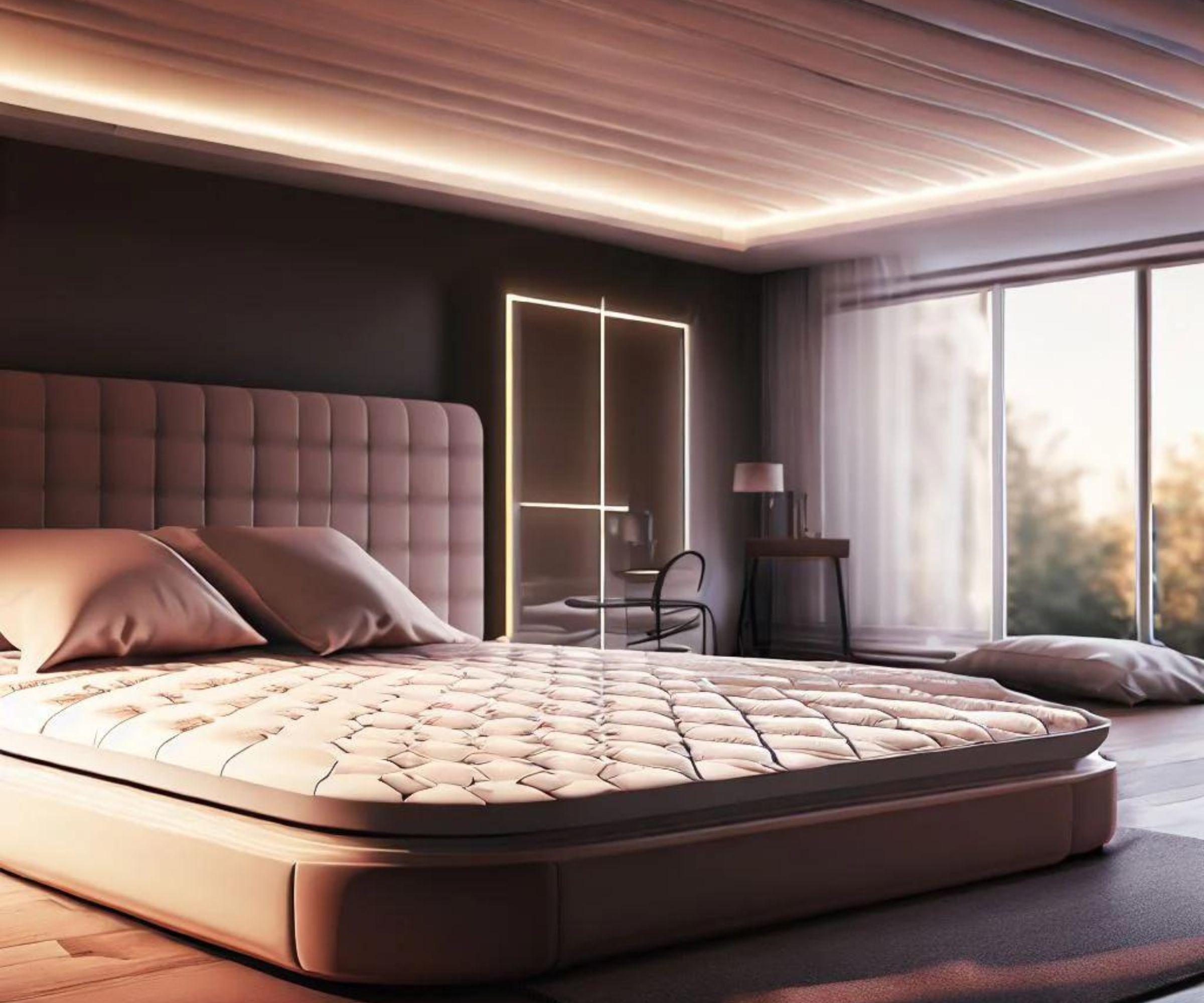
Some people say that putting your mattress directly on the floor can help to keep you cool. I disagree – you're actually restricting airflow into and out of your mattress. Even the best cooling mattress will trap some heat if you put it straight on the floor. This might lead to a build-up of bacteria, mold, and mildew inside your mattress, and it will certainly result in a sweaty night's sleep. If you're a hot sleeper, and you're determined to put your mattress directly on the floor, then I suggest you invest in some cooling bedding (more on that later).
When you put your mattress directly on the floor, you're exposing it to dust and dust mites. It's also much easier for bed bugs to jump on and burrow into your mattress when you put it on the floor, unless you've wrapped your mattress in a six-sided encasement (again, more on that in a minute).
Putting your mattress directly on the floor might make it harder to get into and out of bed − you've got a long way to bend down at night and stretch up in the morning. If you struggle with mobility issues, particularly to do with your knees, then I suggest you stick with a traditional bed frame.
There's also the risk that putting your mattress directly on the floor might void your mattress warranty. Some mattress brands will only offer refunds or repairs when you use a certain style of bed base. Make sure to double-check the terms of your mattress warranty before you decide to get rid of your bed frame.
How can I make sleeping on the floor more comfortable?
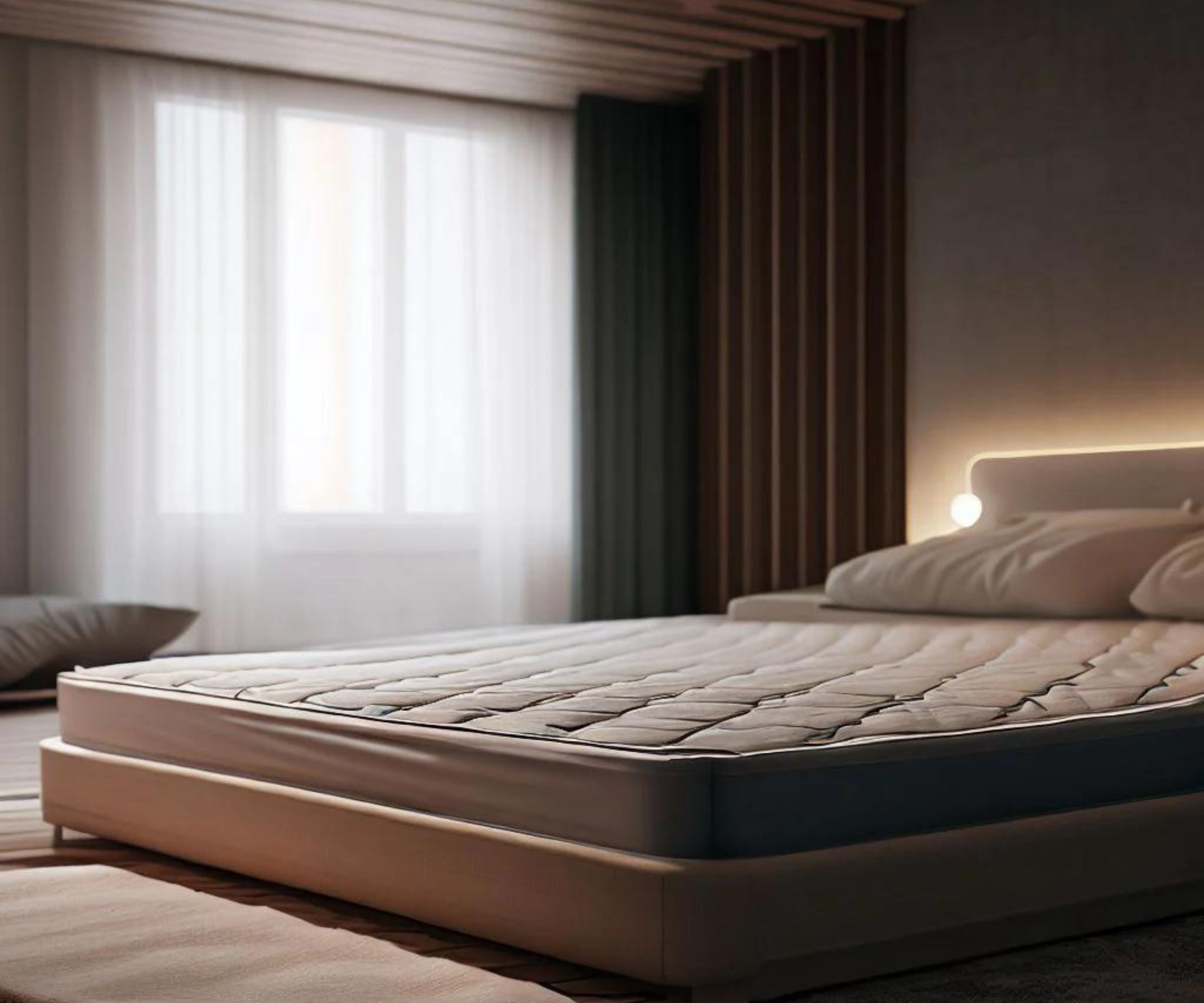
- Routinely dust and clean: if you're determined to place your mattress directly on the floor, then you should at least make sure that your floor is as clean as it can be. 'I recommend regular vacuuming – at least once a week – to minimize the impact of dust, debris, and allergens,' says Theresa. Once a month or so, you could sanitize the floor with your ordinary household cleaning products to keep bacteria at bay.
- Air out your mattress: like I said, when you put your mattress directly on the floor, it's going to hold some heat. The easiest way to prevent a build-up of bacteria is to lift up your mattress and prop it up against the wall. If you air out your mattress during the day once or twice a month, then you should sleep much more comfortably at night. You could always switch on the best dehumidifier to inhibit the growth of mold and mildew.
- Place a thin layer of foam or cardboard beneath your mattress: this is a quick hack I picked up as a mattress tester. It works best on hardwood and tiled floors as an insulator to keep heat inside the mattress so that you don't wake up cold on winter mornings.
- Use a mattress protector: everybody needs a mattress protector. It's an invaluable bit of bedding and it shouldn't set you back much more than $100. The best mattress protector should act as a barrier between your bed and body for clean, deep sleep.

With more than 200,000 five-star reviews, this is the best-selling mattress protector on Amazon. In one particularly fulsome bit of praise, a customer claims that his wife went into labor on the SafeRest Premium Mattress Protector, yet his mattress stayed clean and dry.

If you're a hot sleeper, and you suffer from night sweats, then you'll appreciate the cooling properties of this moisture-wicking mattress pad. I'd put it up there with the best cooling mattress protectors.
FAQs
What should I put under my mattress on the floor?
If your bedroom is carpeted, then you could place your mattress directly on the floor without worrying about thermoregulation. If you're working with tiled or hardwood floors, I suggest you slip a thin layer of cardboard between your mattress and the floor to stop all the heat from seeping out of your mattress. It's also a quick and easy way to keep the worst of the dirt from getting into your mattress.
How can I make a mattress on the floor look good?
Take one of your best rugs and lay it between your mattress and the floor to visually distinguish your sleeping area from the rest of the room. That way, putting your mattress directly on the floor looks more like a style choice, and less like you forgot your bed frame.
Low-level lighting befits a low-profile mattress. Shop from my selection of the best lightbulbs for a warm glow to set the mood and settle your circadian rhythm.
To elevate the appearance of a floor mattress, you need the best bedding. Plump for a selection of the best throw pillows in varying shapes and textures to add dimension to your bedspread.
Final thoughts
Even with the best mattress protector, a floor mattress is bound to accumulate more dust and dirt than a mattress on a frame. It's worth learning how to clean a mattress for safe, hygienic ground sleeping.

Emilia is our resident sleep writer. She spends her days tracking down the lowest prices on the best mattresses and bedding and spends her nights testing them out from the comfort of her own home. Emilia leads a team of testers across America to find the best mattress for every sleep style, body type, and budget.
Emilia's quest to learn how to sleep better takes her all around the world, from the 3Z mattress factory in Glendale, Arizona to the Hästens headquarters in Köping, Sweden. She's interviewed luxury bedding designers at Shleep and Pure Parima, as well as the Design Manager at IKEA. Before she joined Homes & Gardens, Emilia studied English at the University of Oxford.
